Animals
-
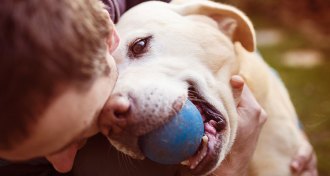 Animals
AnimalsDNA trail leads to new spot for dog domestication
A new study suggests that dogs were first domesticated in Central Asia.
-
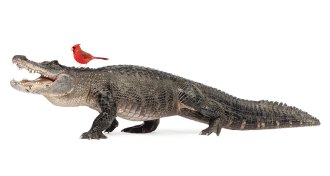 Animals
AnimalsSlow, cold reptiles may breathe like energetic birds
Finding birdlike air patterns in lungs of crocodilians and in more distantly related lizards raises the possibility that one-way airflow evolved far earlier than birds themselves did.
By Susan Milius -
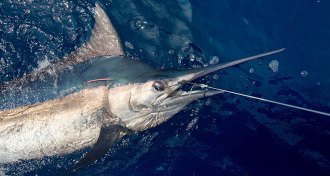 Animals
AnimalsMarine biologist chronicles a lifelong love of fishing
In A Naturalist Goes Fishing, a marine biologist takes readers on a round-the-world fishing expedition
By Sid Perkins -
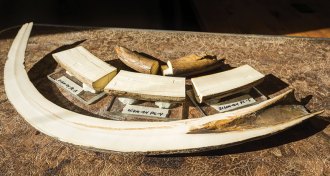 Paleontology
PaleontologyNew evidence weakens case against climate in woolly mammoths’ death
Hunters responsible for woolly mammoths’ extinction, suggests a chemical analysis of juveniles’ tusks.
By Meghan Rosen -
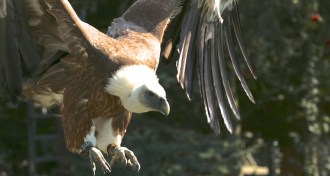 Climate
ClimateHigh-flying birds recruited for meteorology
Monitoring the midflight movements of high-flying birds can provide valuable meteorological data, new research shows.
-
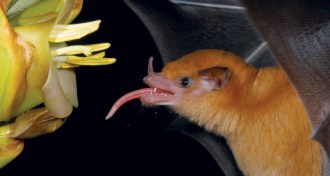 Animals
AnimalsHow to drink like a bat
Some bats stick out their tongues and throbs carry nectar to their mouths.
By Susan Milius -
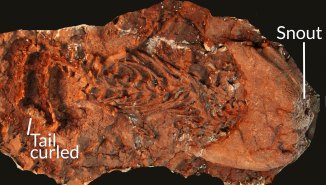 Paleontology
PaleontologyDimetrodon’s diet redetermined
The reptilelike Dimetrodon dined mainly on amphibians and sharks, not big herbivores as scientists once believed.
By Meghan Rosen -
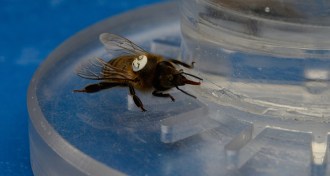 Animals
AnimalsBees get hooked on flowers’ caffeine buzz
Flowers drug honey bees with caffeinated nectar to trick them into returning, causing the bees to shift their foraging and dancing behaviors.
-
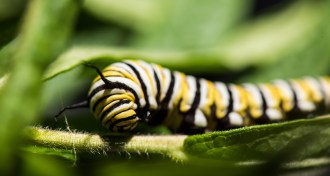 Animals
AnimalsRoot fungi make or break monarchs’ chances against parasite
Fungi that live amid the roots of milkweed plants change the chemicals produced in the plant’s leaves, which can either aid or hinder a monarch butterfly’s ability to fight off parasites.
-
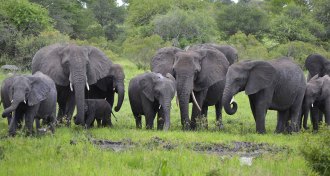 Health & Medicine
Health & MedicineElephants’ cancer-protection secret may be in the genes
An extra dose of cancer-fighting genes may be the secret to elephants’ long life spans.
By Meghan Rosen -
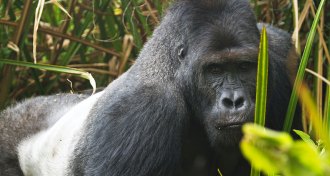 Animals
AnimalsEcotourism could bring new dangers to animals
The presence of kindly tourists could make animals more vulnerable to predation and poaching, a new study warns.
-
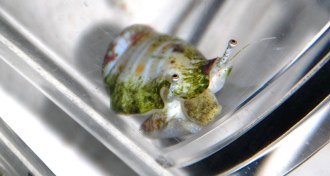 Animals
AnimalsJumping conchs triumph at overheated athletics
“Simple” circulatory system outdoes fancier ones in delivering oxygen for jumping conchs in simulated climate change conditions.
By Susan Milius